Armored thermal resistance uses the characteristics of a substance that changes in temperature and its resistance changes with it to measure temperature. When the resistance value changes, the working instrument will display the temperature value corresponding to the resistance value.
As a temperature sensor, industrial assembled thermocouples are usually used in conjunction with display instruments, recording instruments and electronic regulators. The assembled thermocouple can directly measure the surface temperature of liquid vapor and gaseous media and solids in the range of 0℃ to 1800℃ in various production. According to national regulations, our company produces assembly thermocouples such as platinum rhodium 30-platinum rhodium 6, platinum rhodium 10-platinum, nickel-chromium-nickel silicon, nickel-chromium-constantan, etc., which meet the IEC standard index number. Assembling a thermocouple is usually composed of main components such as temperature sensing elements, installation fixtures and junction boxes.
Features of WZP-231 armored thermal resistance
●The thermal response time is less, and the dynamic error is reduced;
●Small diameter, unlimited length;
●High measurement accuracy;
●Imported thin-film resistor elements, reliable and stable performance;
Features of WZP-231 armored thermal resistance
●High measurement accuracy. The working mode of the thermocouple is that it can directly contact the substance to be measured, so the temperature of the thermocouple can be more directly sensed, so the temperature measurement is more accurate.
●The measurable temperature range is relatively large. There are different types of thermocouples. Some thermocouples are resistant to high temperatures and can measure temperatures even exceeding 2800℃. Some thermocouples are also very resistant to low temperatures due to their special materials. They can measure temperatures of -269℃. This can be used in many fields to help We measured the temperature under different conditions.
●The thermocouple is easy to operate, easy to use, and highly efficient. The structure of the thermocouple is relatively simple, composed of two different metal wires, and is not limited by the size and the beginning, and there is a protective sleeve outside, which is safe and reliable.
●The thermocouple is relatively stable, because its material is made of more expensive metal materials, so its stability is also better, which can help us better measure the stable temperature.
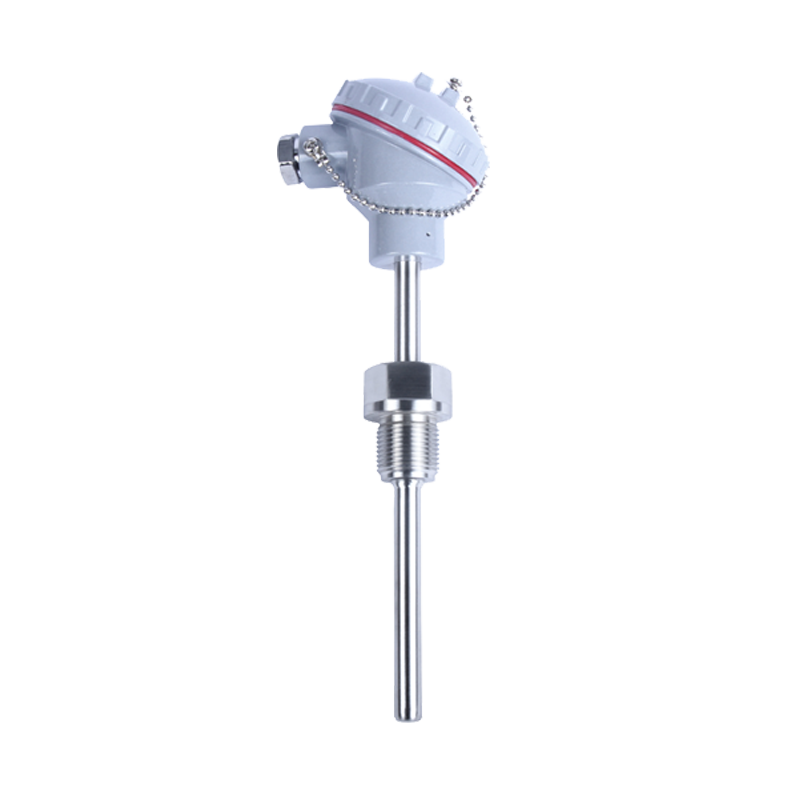
Thermal resistance parameters
| ◆Measuring range and tolerance | ||||
| Model Number | Index Number | Temperature Range °C | Accuracy | Class Tolerance |
| WZP | Pt100 | -200~500 | Class A | ±(0.15+0.002 ltl) |
| WZP | Pt100 | -200~500 | Class B | ±(0.30+0.005ltl) |
| ◆Casing diameter thermal response time | ||||
| Casing diameter | thermal response time | |||
| Ф3 | ≤3 | |||
| Ф4 | ≤5 | |||
| Ф5 | ≤8 | |||
| Ф6 | ≤12 | |||
| Ф8 | ≤15 |
| Armoured thermocouple measurement range and allowable error range: | ||
| Thermocouple category | Measuring range | Basic error limit |
| Ni-Cr-Constantan | 0-800℃ | ±0.75%t |
| Ni-Cr-Ni-Si | 0-1300℃ | ±0.75%t |
| Platinum rhodium 13 -platinum | 0-1600℃ | ±0.25%t |
| Platinum rhodium 10 -Platinum | 0-1600℃ | ±0.25%t |
| Platinum rhodium 30 -Platinum rhodium 6 | 0-1800℃ | ±0.25%t |
| Note: t is the measured temperature value of the temperature sensing element (℃) | ||
| Thermocouple time constant | ||
| Thermal inertia level | Time constant (seconds) | |
| Ⅰ | 44499 | |
| Ⅱ | <10 | |
Nominal pressure of thermocouple: generally refers to the static external pressure that the protection tube can withstand at working temperature and breaks.
Minimum insertion depth of thermocouple: should not be less than 8-10 times the outer diameter of its protective tube (except for special products)
Insulation resistance: When the surrounding air temperature is 15-35℃, and the relative humidity is less than 80%, the insulation resistance is ≥5 megohm (voltage 100V). Thermocouple with splash-proof junction box, when the relative temperature is 93±3℃, the insulation resistance is ≥0.5 megohm (voltage 100V)
Insulation resistance at high temperature: At high temperature, the insulation resistance between the thermocouple (including double-branch type) and the protection tube and the double-branch hot electrode (calculated per meter) should be greater than the value specified in the following table.
| Specified long-term use temperature (℃) | Test temperature (℃) | Insulation resistance value (Ω) |
| ≥600 | 600 | 72000 |
| ≥ 800 | 800 | 25000 |
| ≥1000 | 1000 | 5000 |
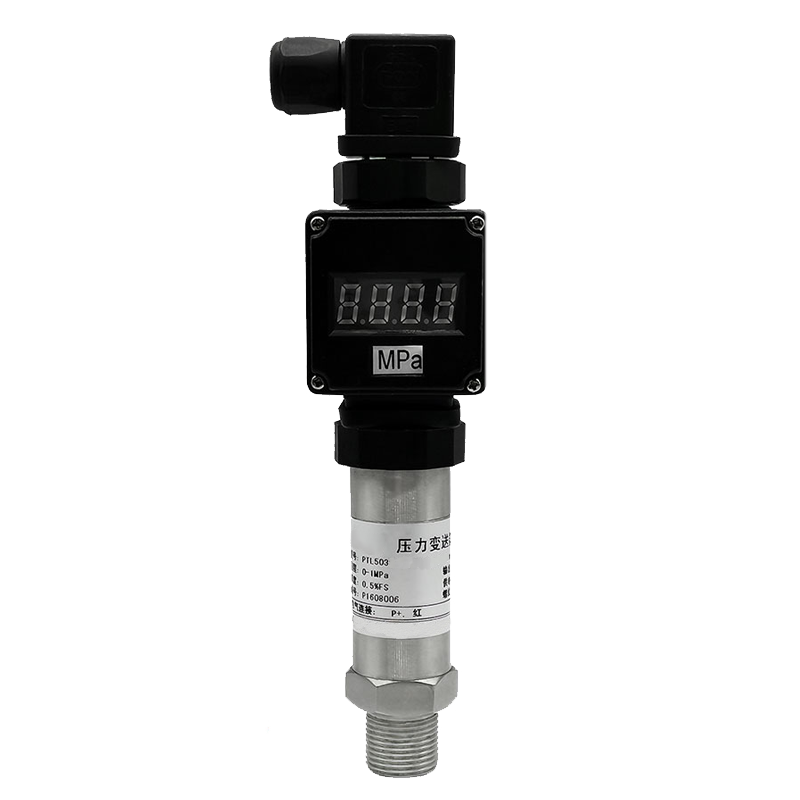 Compact pressure transmitter
Compact pressure transmitter

This product is wide......
 Intelligent pressure transmitter
Intelligent pressure transmitter

This product is wide......
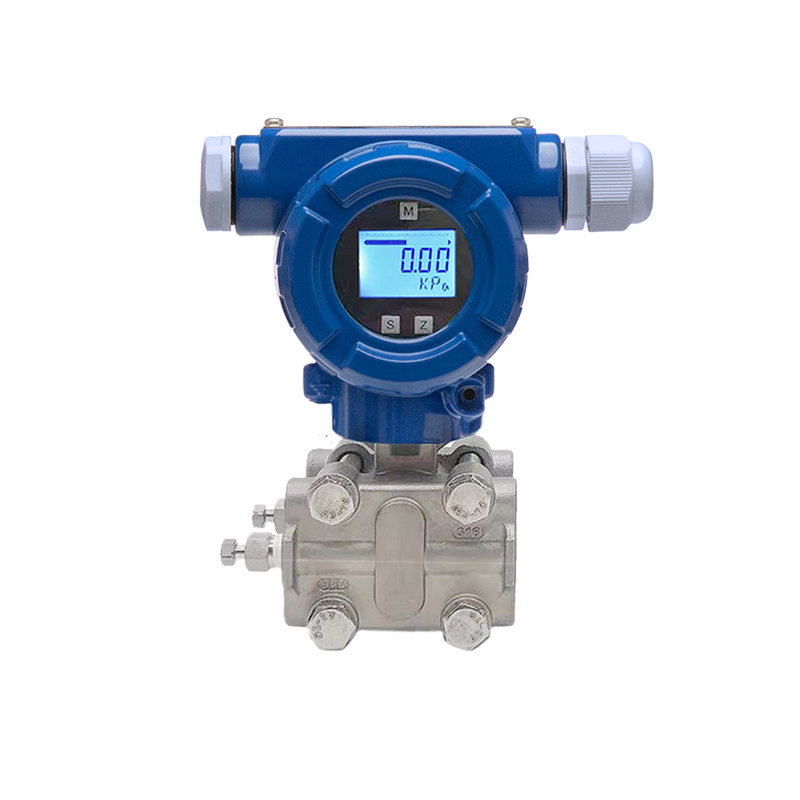 Smart differential pressure transmitter
Smart differential pressure transmitter

This product is wide......
 Diaphragm pressure transmitter
Diaphragm pressure transmitter

This product is wide......
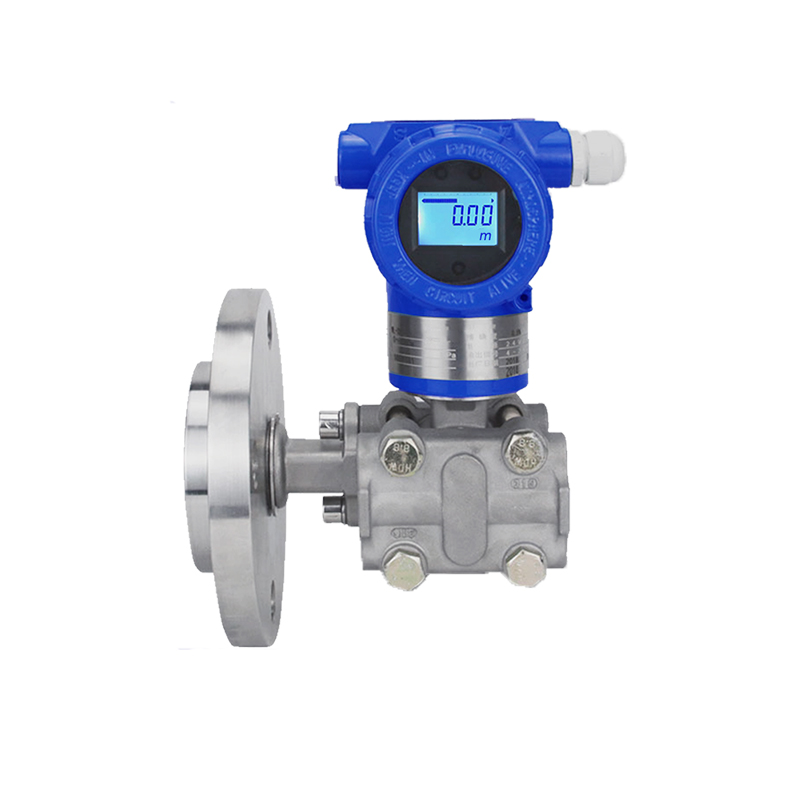 Single flange liquid level differential pressure transmitter
Single flange liquid level differential pressure transmitter

Model 3051 flange ty......
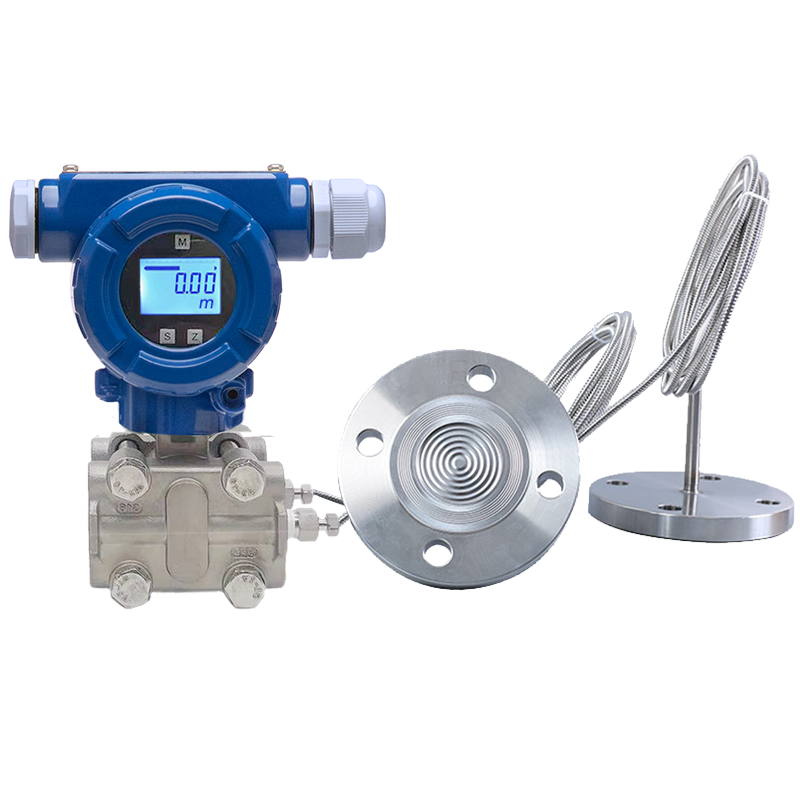 Double flange liquid level differential pressure transmitter
Double flange liquid level differential pressure transmitter

Model 3051 double fl......
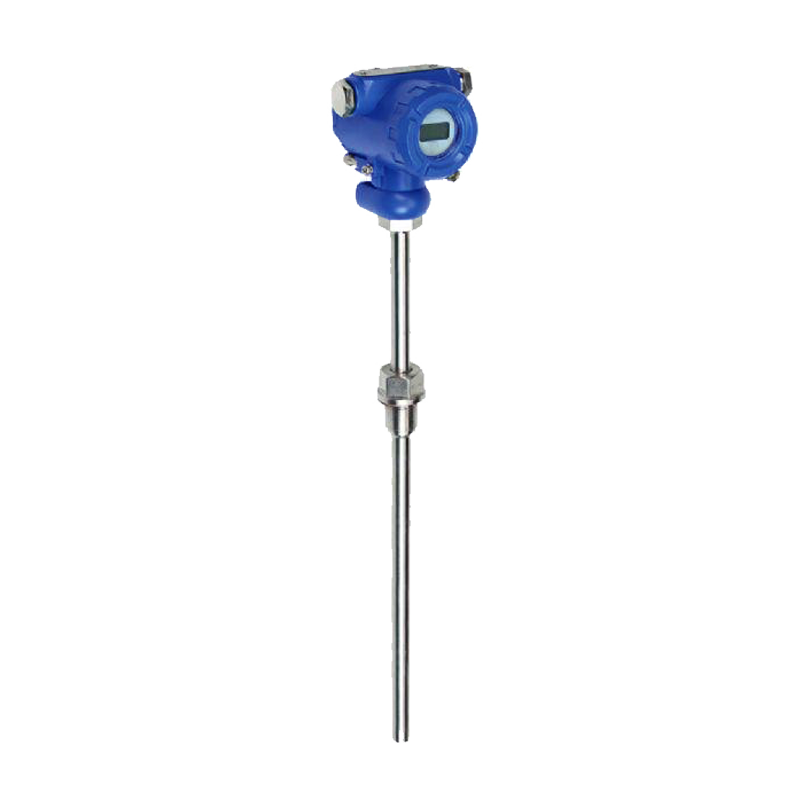 Temperature Transmitter
Temperature Transmitter

At present, the prod......